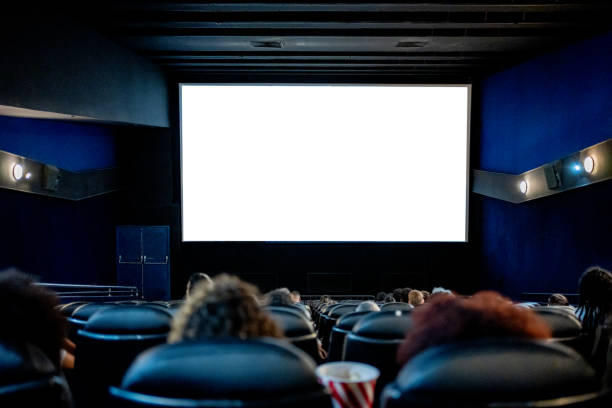How independent filmmakers reach global audiences
Independent filmmakers use a mix of creative programming, digital platforms, partnerships, and audience data to move beyond local screenings and reach viewers worldwide. Success depends on combining cinema and theatre practices with music, streaming strategies, festival exposure, archiving, installations, licensing, targeted funding, and strategic collaboration to connect with diverse audiences across regions.

How can cinema and theatre reach wider audiences?
Independent cinema and theatre creators expand reach by blending traditional exhibition with digital distribution. Small-screen releases, hybrid screenings, and collaborations with community venues allow projects to travel beyond a single city. Programming that links film screenings with post-show discussions, live theatre adaptations, or music performances creates layered experiences that engage different audience segments.
Filmmakers and producers should also work with local services such as cultural centers and community cinemas in your area to arrange curated runs. These partnerships build credibility, help with grassroots promotion, and create opportunities for region-specific subtitling or audio description to make works accessible to more viewers.
What role does music and streaming play?
Music and soundtrack rights can be a gateway to broader exposure: evocative scores often generate playlist traction and social sharing that introduce a film to new listeners. On the distribution side, ad-supported and subscription streaming platforms offer tiered options for independent releases, from short-term rentals to long-tail catalog placements.
Choosing the right streaming strategy involves balancing visibility against licensing terms. Some platforms favor exclusive windows, while others support non-exclusive licensing that keeps a project circulating across multiple services, increasing the chances of discovery by international audiences.
How do festivals and installations build visibility?
Film festivals remain critical discovery channels, offering press attention, programming context, and industry networking. Festival selections can open doors to international sales agents, co-productions, and touring exhibition runs. Meanwhile, installations and cross-disciplinary presentations in galleries or public spaces reposition a film as a hybrid art object, attracting different curatorial circuits and audiences.
Targeting festivals that align with a project’s aesthetic and audience profile—genre festivals, documentary circuits, or art-film showcases—improves match rates. Complement festival exposure with local screenings, panel events, and digital Q&A sessions to sustain momentum after the festival run.
Why is archiving and licensing important?
Archiving secures a film’s future: proper preservation and metadata make titles usable for broadcasters, libraries, and educational programs. Licensing formats and clear rights documentation simplify negotiations with platforms and distributors, enabling revenue streams from broadcasts, educational licensing, and institutional exhibitions.
Maintaining organized archives also supports subtitling workflows and reissue campaigns. Clear licensing terms—defining territories, duration, and platform types—help creators negotiate fair returns while keeping options open for future distribution.
How can funding and collaboration scale projects?
Diverse funding—from grants and public arts funds to crowd contributions and private investors—reduces reliance on a single revenue source. Co-productions and partnerships with broadcasters or international producers can increase production values, access new markets, and share distribution responsibilities. Strategic collaboration with composers, installation artists, or theatres can also widen cross-promotional opportunities.
Proposal writing that emphasizes audience development plans, festival strategies, and long-term archiving increases fundability. Collaborative networks and co-op marketing campaigns cut promotional costs and amplify reach through partners’ established channels.
How can audience analytics inform strategy?
Analytics from streaming platforms, social channels, and festival ticketing systems reveal who is watching, when, and how they engage. These insights inform targeted outreach—such as subtitling for specific language groups, scheduling screenings for time zones where demand is higher, or tailoring promotional creatives for distinctive audience segments.
Ongoing measurement lets creators iterate: test trailers, refine metadata, and optimize festival submissions based on viewer responses. Combining qualitative feedback from Q&A sessions with quantitative analytics gives a fuller picture of audience tastes and retention patterns.
Conclusion
Reaching global audiences requires a mixed approach: combine cinema and theatre techniques with music-led promotion, thoughtful streaming strategies, festival and installation exposure, robust archiving and licensing, diversified funding, collaborative partnerships, and data-driven audience work. Each element reinforces the others, helping independent filmmakers and producers build sustainable visibility across regions without relying on a single channel.





